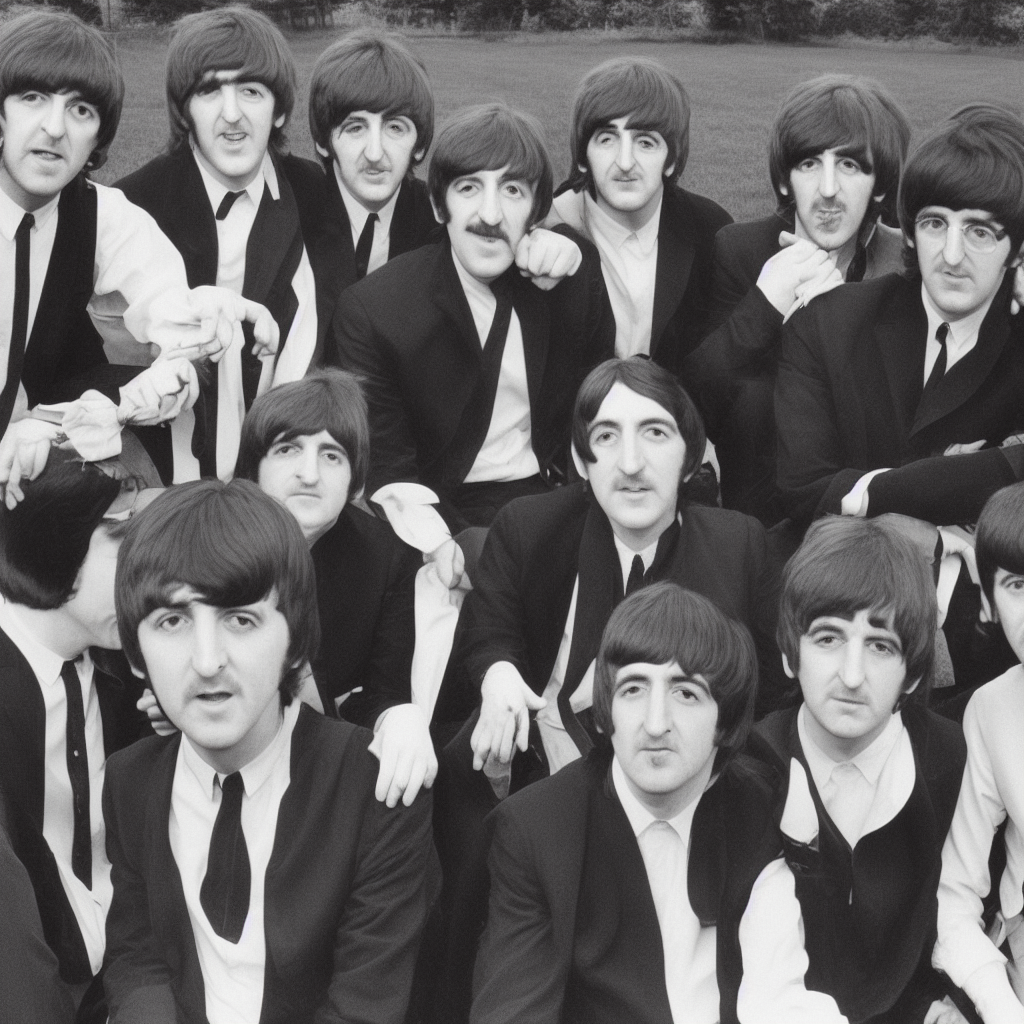The most famous chord in all of rock ‘n’ roll is the opening chord of “A Hard Day’s Night” by The Beatles.
If the Galaxy runs anything like in Close Encounters, then the above chord will function diplomatically. I’m sure it already has, here on Earth.
If Lewis Carrol were to develop a portmanteau word for this chord, it would be a superduperimposition of “brr’ling”, “brr’lang”, and “cha-aa-a-aa-a-nng”.
This type of chord is known as a Thunderchord for obvious reasons: it splits the heavens in halves.
It takes all of the Beatles and their producer to play this one chord. Paul is hitting a high D on his Hofner bass, George is playing an F9 chord on his 12-string Rickenbacker, as is John on his acoustic Gibson. Meanwhile, George Martin is striking a G power-chord thang on his Grand Piano, and Ringo taps a single snare. There is much dispute over the true nature of this chord, and there seem to be at least 20 different possibilities. For more interpretations, read this article.
However, George stated in an online chat, that he definitely played an F9 (the top of the chord). He also picks this chord during the outro.
This is one of them 60’s style lickety-split fade-outs. You can hear this on a lot of Beatles’ tunes (See “Good Day Sunshine”).
You can clearly hear the D bass note dominating the “A Hard Day’s Chord”, making the most sensible interpretation some form of the D Dominant chord. I prefer to call it a “D Minor 7th Suspended 4th”, though really it just sounds like the entire G Mixolydian scale (GABCDEF) played at once, excluding the B. “A Hard Day’s Night” is in the key of G Mixolydian.
The 7 frequencies of the G Mixolydian scale when converted into light, correspond to the 7 colors. A good mnemonic to remember this photosonic relationship is “GAB C. DEF, meet ROY G. BIV”.
Unfortunately, the Goldie Hawn version misses a golden opportunity to jazz the shit out of this thunderchord. Instead, it begins with a crummy ol’ bass triplet.




